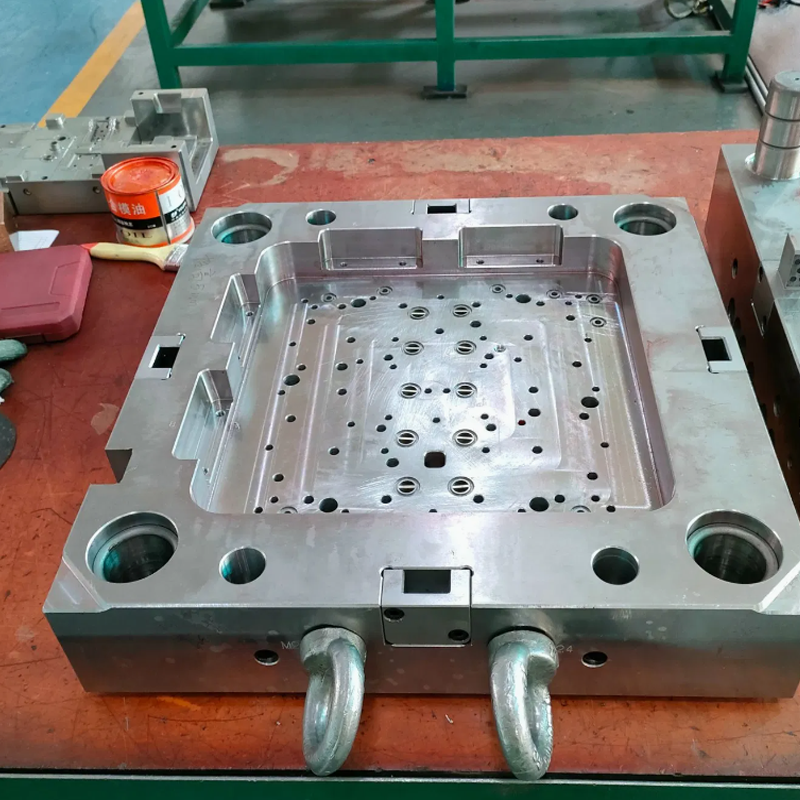Tooling is a critical element in the manufacturing process, playing an essential role in transforming raw materials into high-quality, finished parts. The term “tooling” refers to the specialized tools, molds, jigs, and fixtures used to shape, cut, and form materials into precisely designed components. These tools are crucial for ensuring that products meet tight specifications, whether for mass production or custom parts. In this blog, we’ll explore the significance of tooling in manufacturing, the fundamentals of tooling design, and the types of tooling used in different production environments.
What is Tooling in Manufacturing?
Tooling in manufacturing refers to the process of creating and using tools and equipment that shape, cut, or form raw materials into finished products with high precision. The tooling process involves various types of machines and accessories, such as molds, dies, fixtures, and cutting tools. These tools are designed to meet specific production requirements, ensuring parts are produced with the desired dimensions, tolerances, and surface finishes.
From simple jigs used in assembly lines to complex molds for injection molding, tooling is essential in nearly every manufacturing process. It’s worth noting that the effectiveness of tooling directly influences the efficiency, precision, and overall cost of production. Without the right tooling, manufacturing operations can experience delays, errors, and higher operational costs, making tooling decisions critical for any production system.
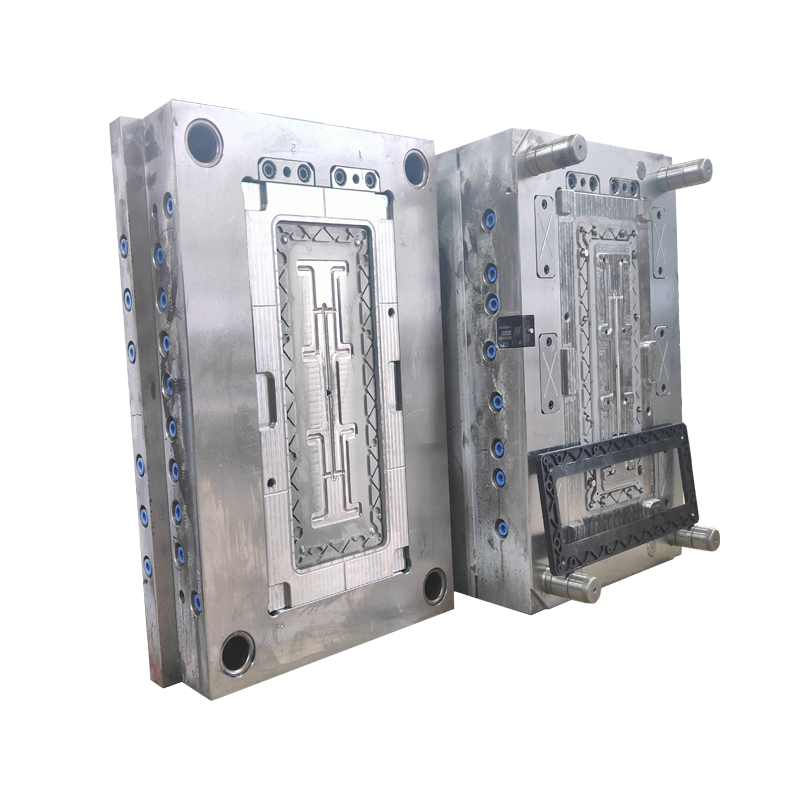
The Significance of Tooling in Manufacturing
Precision and Part Accuracy
One of the most important aspects of tooling is its ability to deliver precision. In industries such as aerospace, automotive, and electronics, the accuracy of parts is paramount. Whether the process involves injection molding, die casting, or CNC machining, the precision of the tools used will directly affect the quality of the finished product. This is especially true for complex parts that require tight tolerances.
For example, in the aerospace industry, components must meet stringent specifications to ensure safety and functionality. The quality and precision of the tooling used to produce these components can make the difference between a successful product and one that fails to meet safety standards.
Efficiency and Cost-Effectiveness
Tooling also plays a major role in manufacturing efficiency. With proper tooling, manufacturers can streamline production processes, reducing cycle times and increasing throughput. High-quality tooling enables the rapid, repeatable production of identical parts with minimal variation, which is particularly beneficial for mass production.
While the upfront cost of tooling may be significant, the long-term benefits include lower unit costs as production volumes increase. For example, in injection molding, hard tooling such as steel molds can withstand thousands of production cycles, drastically reducing the cost per part after the initial investment.
Customization and Versatility
Tooling allows manufacturers to create customized components tailored to specific needs. Whether producing one-of-a-kind prototypes or specialized parts for unique applications, tooling is essential for crafting components that meet exact specifications. Advanced technologies like CNC machining and 3D printing have expanded the possibilities for creating complex, custom designs that were once difficult or impossible to achieve with traditional methods.
Furthermore, tooling is versatile, as it can be used with a wide variety of materials, from metals like steel and aluminum to polymers, silicones, and composites. This flexibility ensures that manufacturers can select the optimal material for their products, balancing factors like strength, durability, and aesthetic appeal.
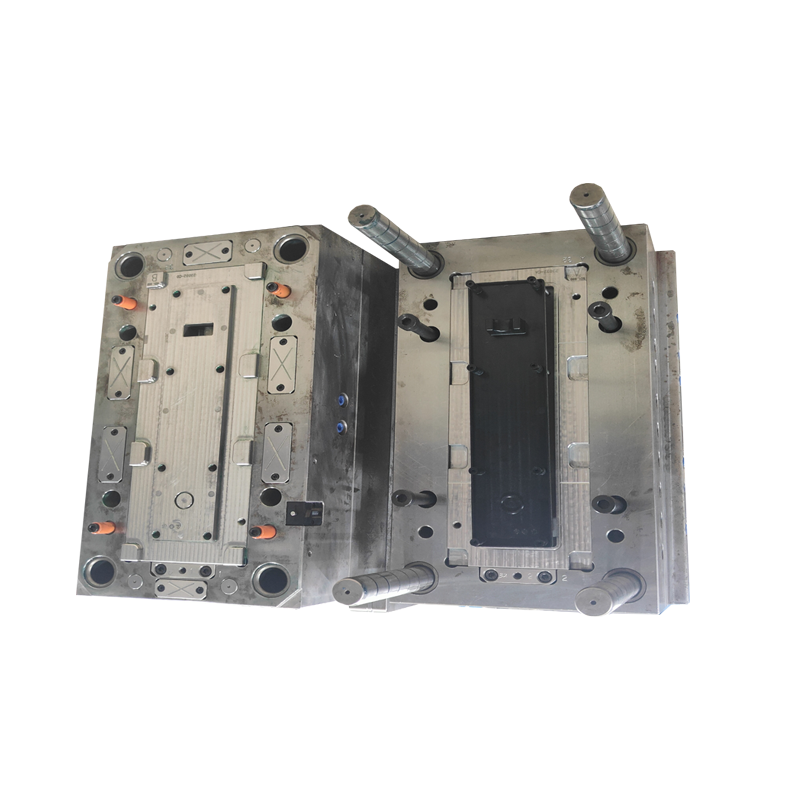
Fundamentals of Tooling Design
Tooling design is a complex process that requires careful consideration of various factors. Several key principles guide the creation of effective tooling solutions, ensuring that the tools meet production goals while optimizing performance and durability.
Cycle Time
Cycle time refers to the frequency with which a tool is used during a production run. For high-volume manufacturing, such as injection molding, it’s important to design tooling that can withstand repeated use without degradation. Tools that are designed to minimize cycle time—without sacrificing durability—can significantly boost production efficiency.
Tool Durability and Material Selection
Durability is a key factor in tooling design. Tools must be constructed from high-performance materials that can withstand the demands of the manufacturing process, including mechanical stress, heat, and wear. Metals such as tool steel, aluminum, and nickel alloys are commonly used for tooling due to their excellent durability and resistance to wear.
In some cases, specialized coatings or surface treatments may be applied to tooling to further extend its lifespan. For example, adding a thin film coating to a mold can reduce wear and tear, increasing the tool’s ability to withstand high temperatures and pressures.
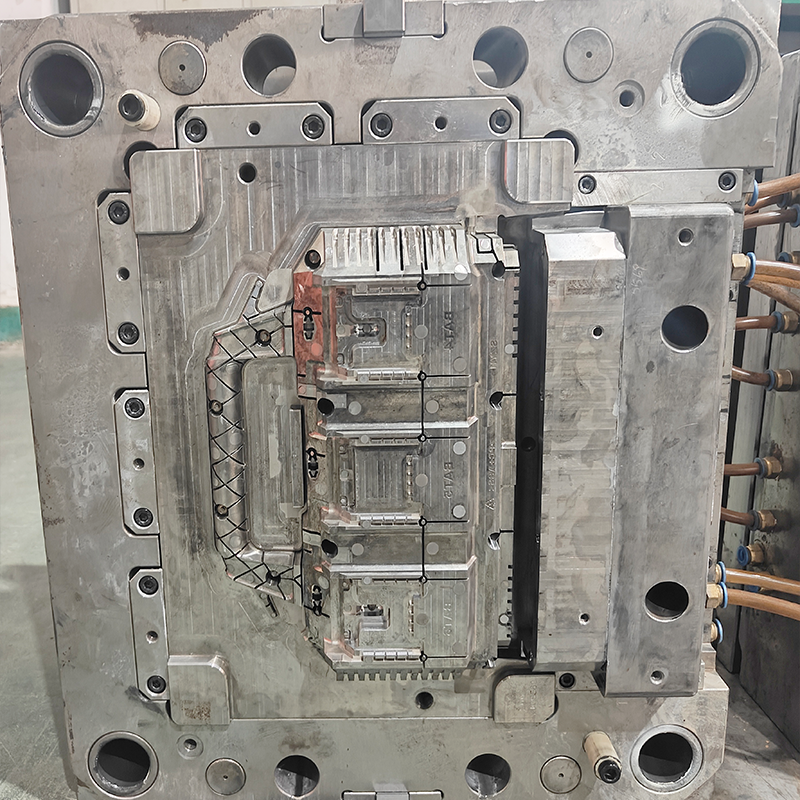
Production Volume
The volume of parts that need to be produced also influences tooling design. For short-run or prototype production, soft tooling may be used, as it is more affordable and faster to create. On the other hand, for high-volume production, hard tooling—made from durable metals—is typically required, as it can handle the repeated stress of mass production without losing its shape or precision.
Tooling Adjustments
Another important consideration in tooling design is the ability to make adjustments during the production process. For some products, design changes may be required to accommodate new specifications or improvements. Soft tooling materials such as silicone or urethane are often used for prototyping because they allow for quick adjustments and iterations, whereas hard tooling can be more difficult and expensive to modify once it’s been created.
Types of Tooling in Manufacturing
Tooling can be broadly categorized into two main types: soft tooling and hard tooling. Each type has its own advantages and limitations, depending on the requirements of the production process.
Soft Tooling
Soft tooling refers to tools made from materials that are easier to work with and more flexible than traditional metals. Soft tooling is often used for low- to medium-volume production, prototyping, or testing. Materials like silicone, urethane, and aluminum are commonly used in soft tooling. These tools are ideal for quick-turnaround projects or when a product is still in the design or testing phase.
While soft tooling offers several advantages, such as lower initial costs and faster production times, it does have limitations. For instance, tools made from soft materials often have shorter lifespans and are less durable than hard tooling. This makes soft tooling more suitable for smaller production runs, where cost savings and speed are more important than durability.
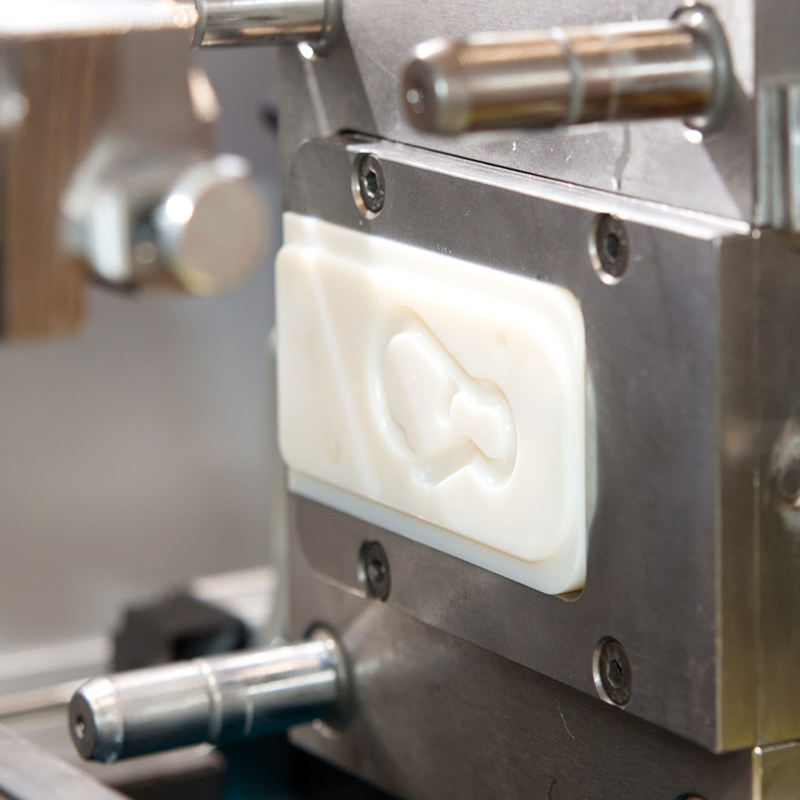
Hard Tooling
Hard tooling, on the other hand, is made from more durable materials like steel or nickel alloys. Hard tools are built to withstand high pressures, temperatures, and extended use, making them ideal for high-volume production. For processes such as injection molding, die casting, and CNC machining, hard tooling ensures high precision, long tool life, and consistent part quality.
The main drawback of hard tooling is its higher initial cost and longer lead times. However, once the tooling is created, it can produce parts at a much lower cost per unit over the long term, making it the preferred choice for mass production.
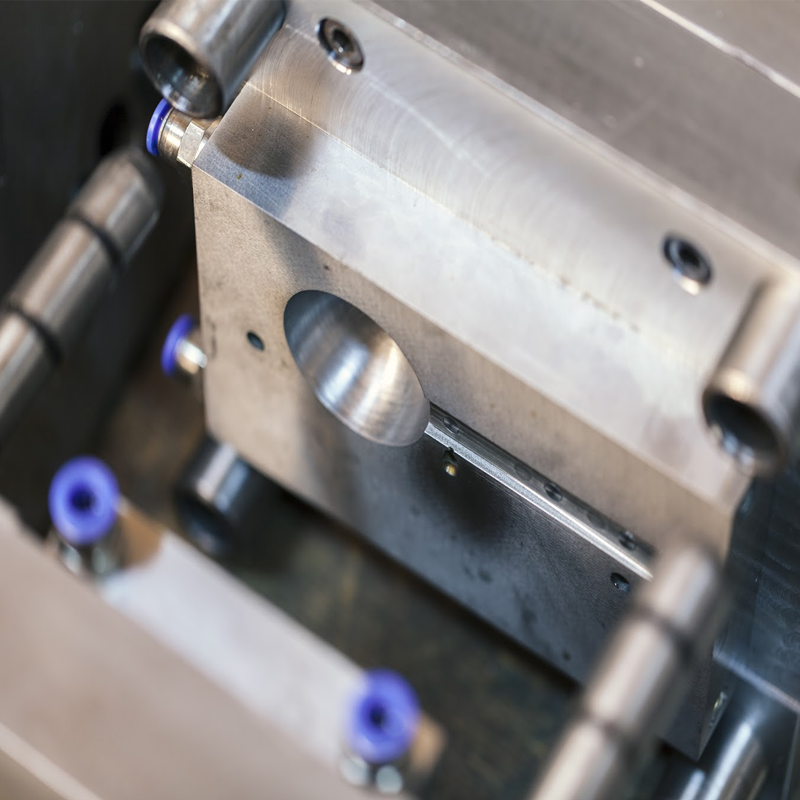
Stages of Tooling in Manufacturing
The tooling process typically occurs in three stages: prototype tooling, bridge tooling, and production tooling.
- Prototype Tooling: This stage involves creating tools for small batches or prototypes to test the design before mass production begins. Prototype tools are generally quick and cost-effective to produce but are not designed for long-term use.
- Bridge Tooling: Bridge tooling serves as a transitional step between prototype and production tooling. It is less durable and often used for medium-volume runs or to test production processes before full-scale production begins.
- Production Tooling: Production tooling is designed for high-volume manufacturing. These tools are made from durable materials and are intended for long-term use, ensuring that parts are produced at a consistent quality and with minimal variation.
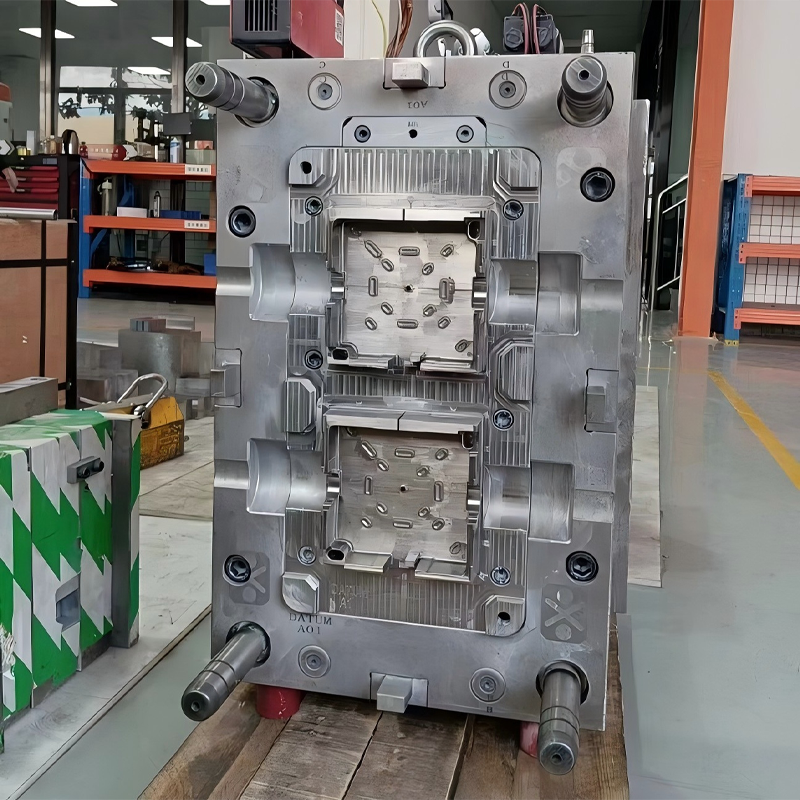
Conclusion
Tooling is a cornerstone of efficient and precise manufacturing. Whether you’re producing a small batch of custom parts or running high-volume production, the tools used in the process directly impact the speed, cost, and quality of your product. Understanding the types of tooling, the design considerations, and the production stages involved can help you make informed decisions and achieve the best results for your manufacturing needs.
At Toolingsun, we offer rapid tooling services that are designed to accelerate product development while maintaining high standards of quality and precision. Whether you’re looking for soft tooling for prototyping or hard tooling for mass production, our team is here to provide you with tailored solutions. Contact us today to learn more about how we can help with your tooling needs.

